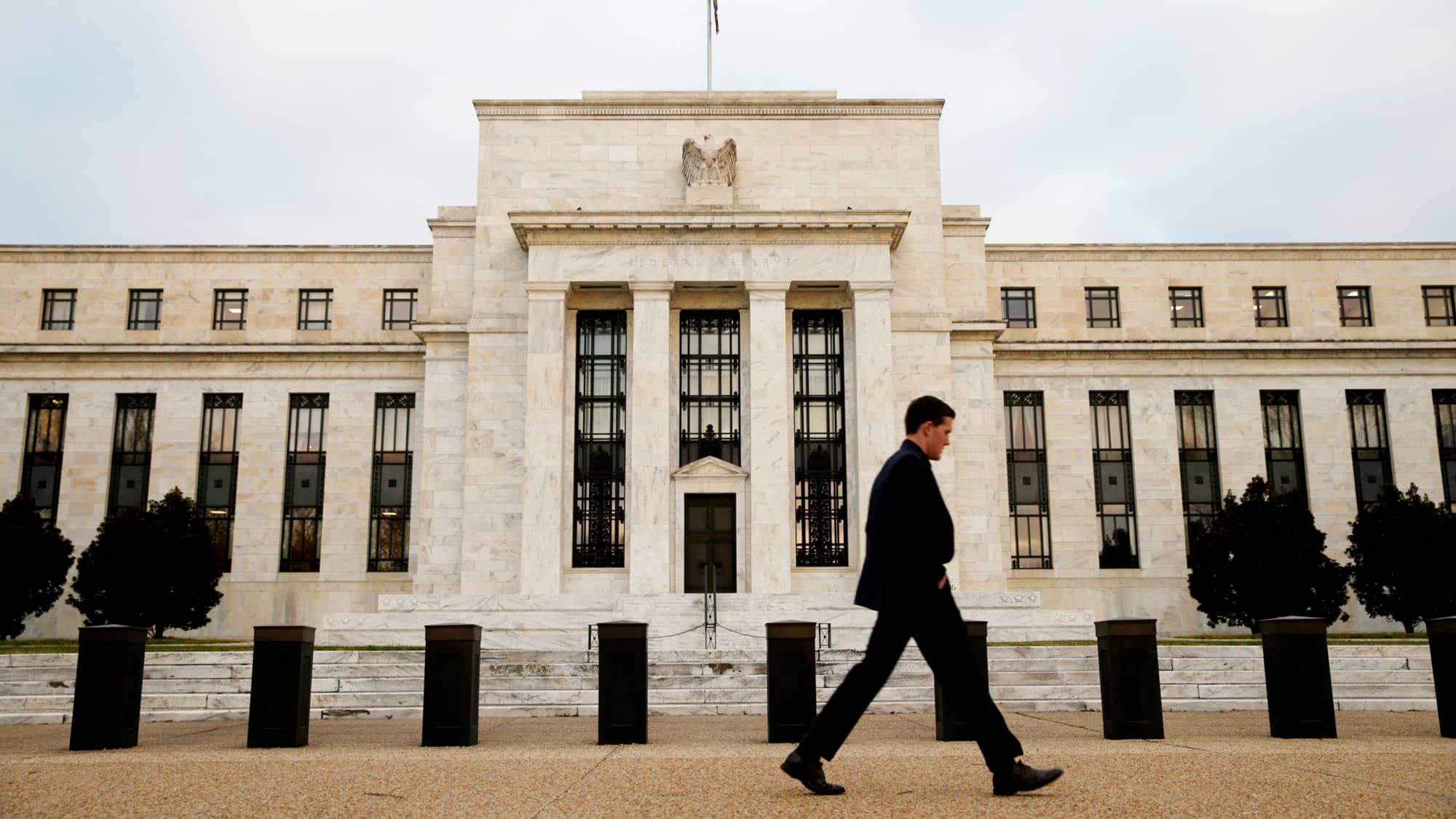
The Federal Reserve Bank building
Kevin Lamarque | Reuters
The U.S. Federal Reserve said on Thursday it would decide by the end of September if it would continue capping bank dividend payments and laid out two hypothetical severe recessions it will use to test further big bank resilience amid the coronavirus pandemic.
The central bank said it will release the results of the new analysis by the end of 2020. The upcoming test marks an unprecedented second stress test in a year for the Fed, which said the “continued uncertainty” from the pandemic made it necessary to keep testing bank resilience.
The upcoming results will mark the first time the Fed will publish firm-specific findings about how each of the 34 banks tested would perform in a pandemic-informed analysis, giving banks and their investors the clearest glimpse yet on how they may fare in the months ahead.
The Fed previously published stress test results in June, which found that banks would face heavy losses from hypothetical pandemic-driven lockdowns, but mostly retain necessary capital cushions. The Fed opted to publish aggregate results in that “sensitivity analysis,” after deciding a supplemental test was necessary after rolling out the original test before the pandemic spread to the United States.
After those results, the Fed announced that banks would be prohibited from buying back stock and would face caps on dividend payments in the third quarter. On Thursday, the Fed said it would decide by the end of September whether those policies would continue into the fourth quarter to help banks preserve capital.
“Uncertainty over the course of the next few quarters remains unusually high, and these two additional tests will provide more information on the resiliency of large banks,” said Randal Quarles, the Fed’s vice chairman for supervision, in a statement.
The next test will include two additional scenarios for banks to pass. One envisions a severe but short-lived economic decline that sees unemployment spike to 12.5% at the end of 2021 but rapidly decline afterward.
The second scenario is less severe but longer-lasting, with unemployment jumping to 11% by the end of 2021 but declining more slowly. Both scenarios also include sizeable economic declines both in the United States and abroad.
The current U.S. unemployment rate is 8.4 percent.




